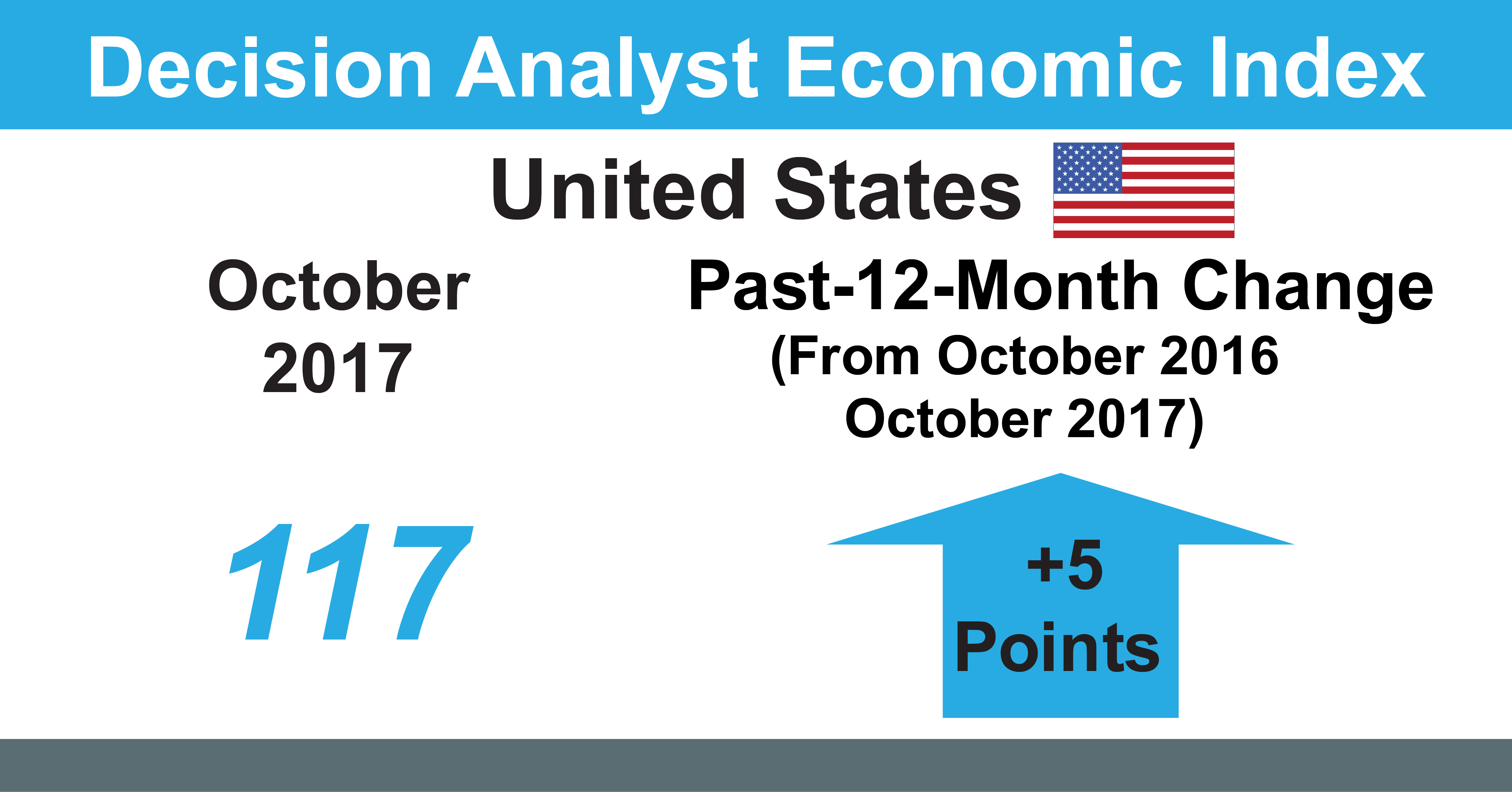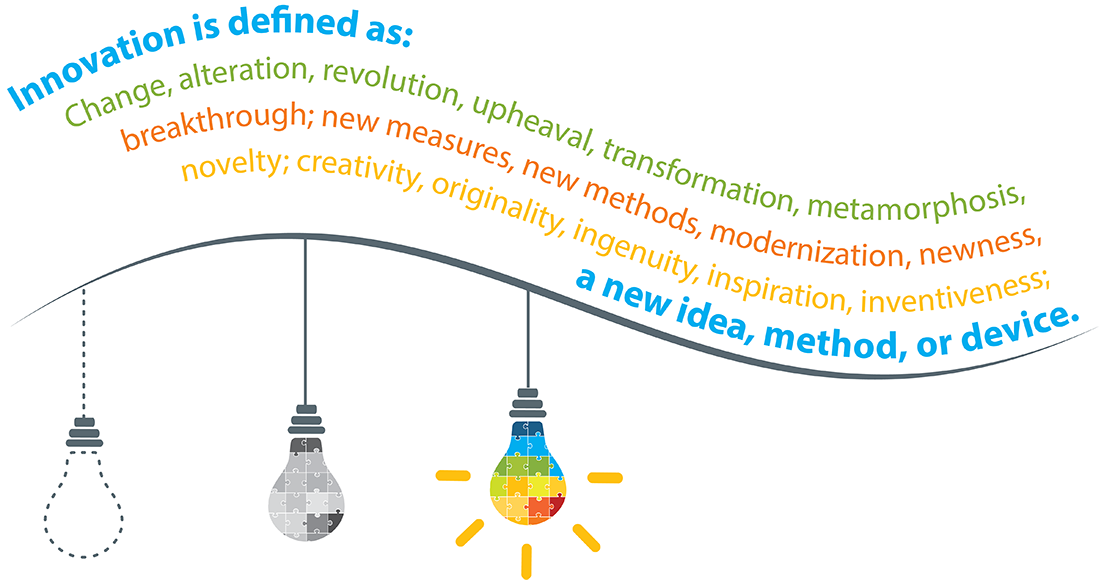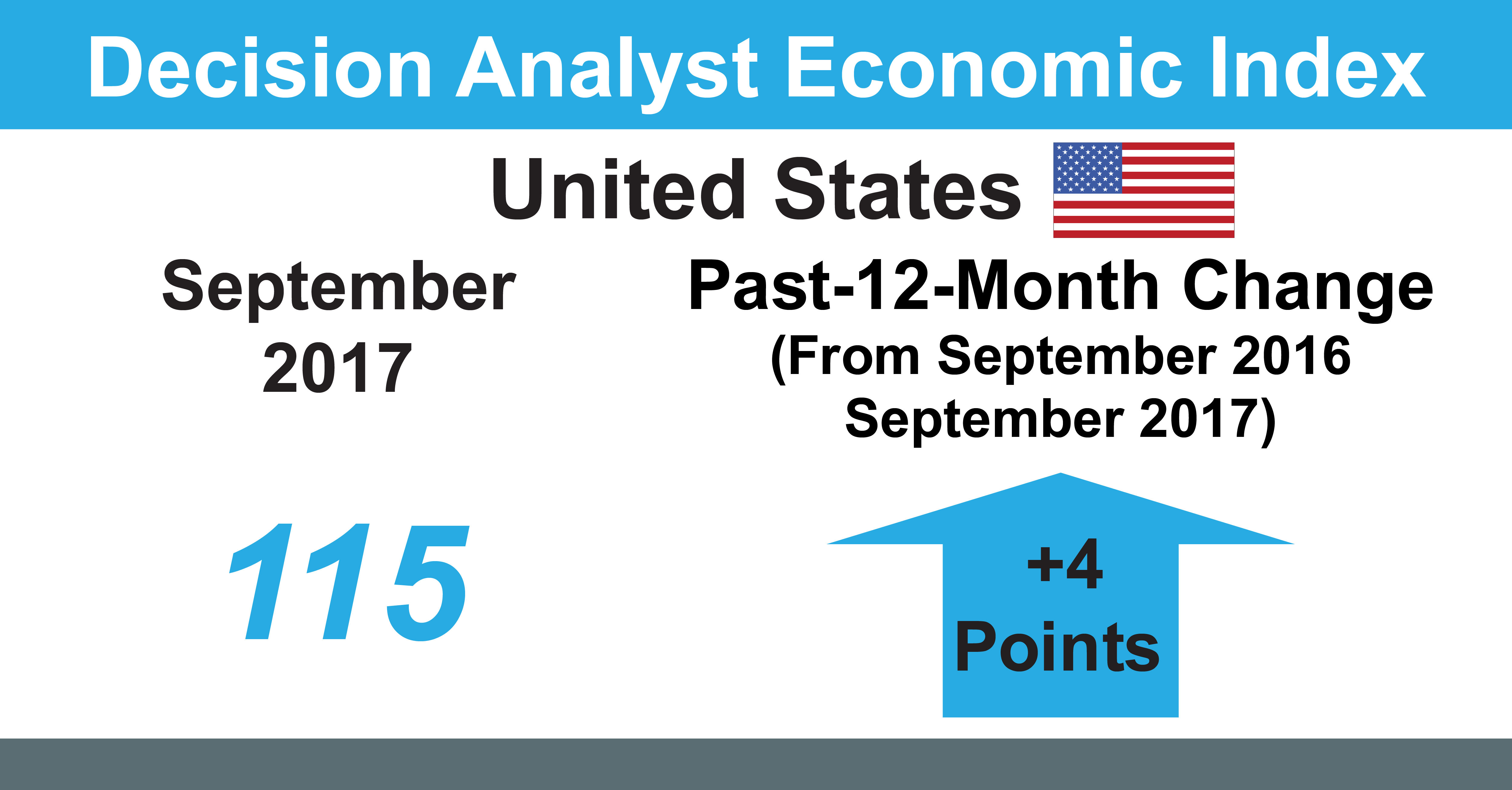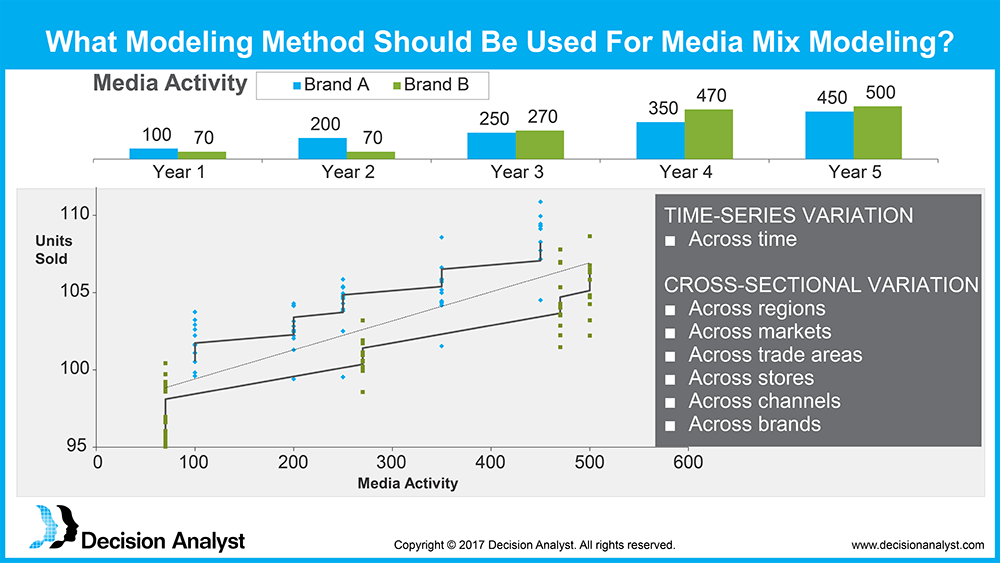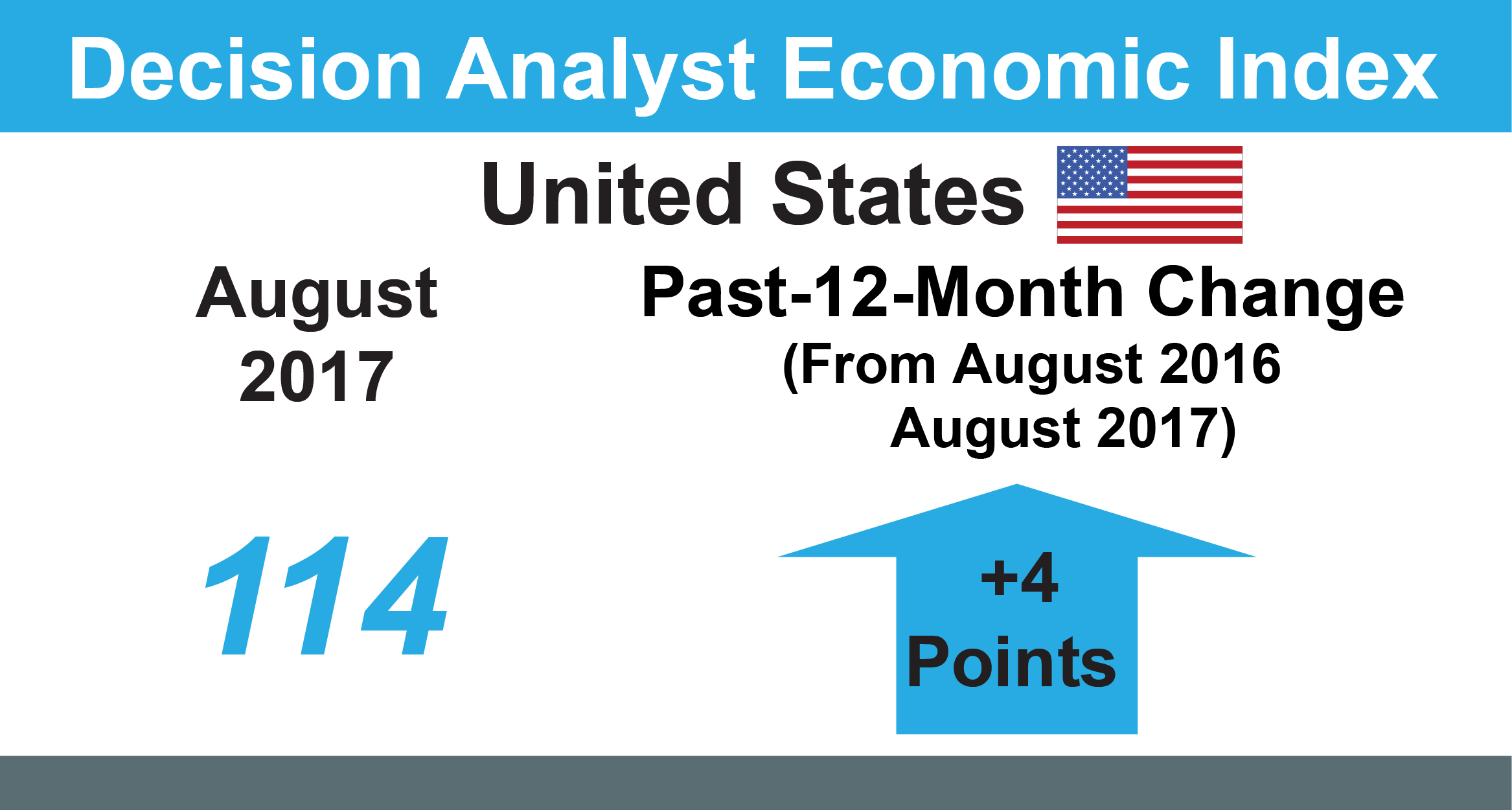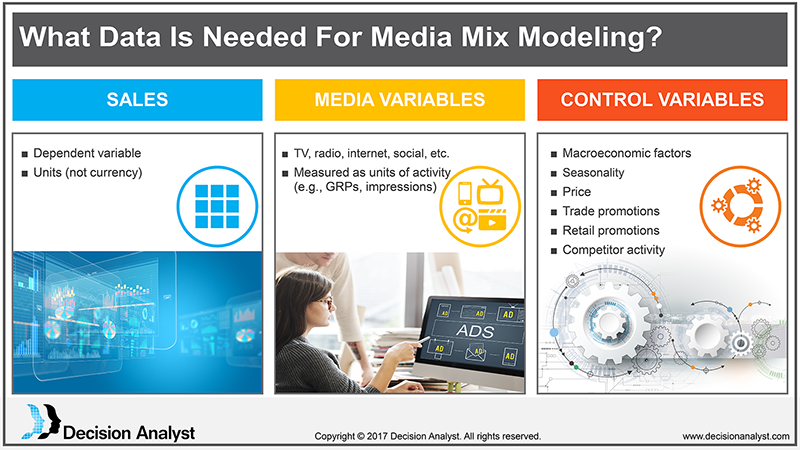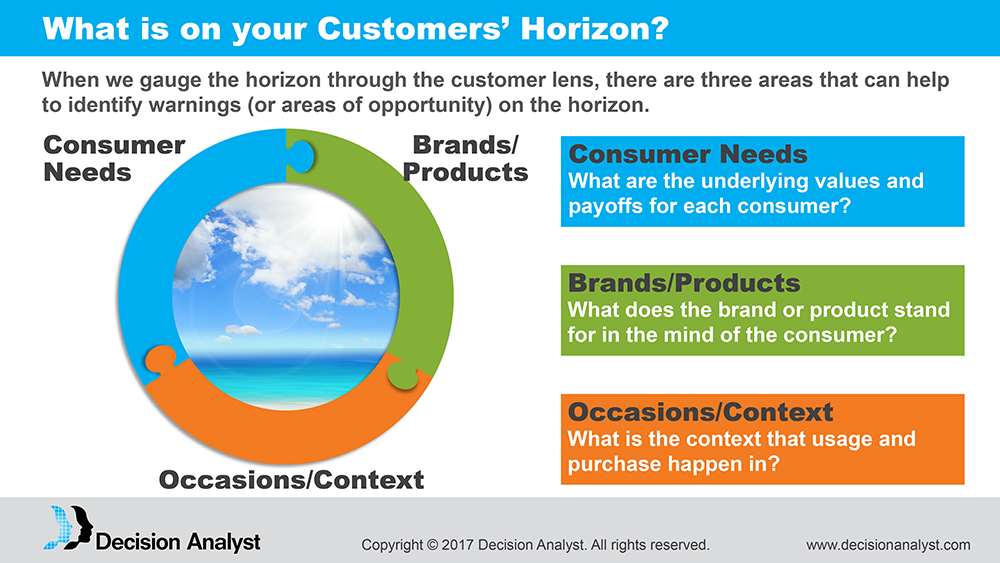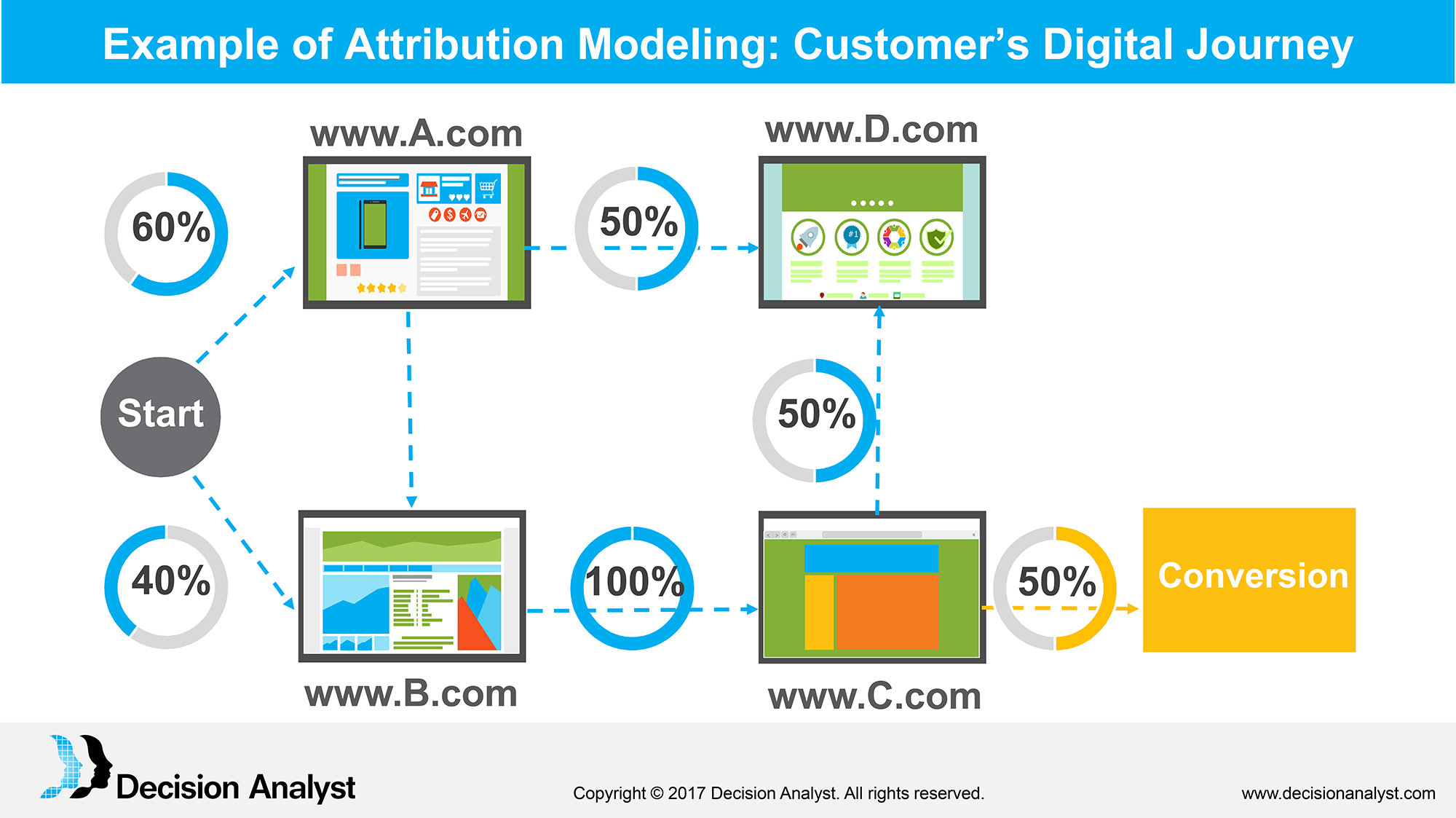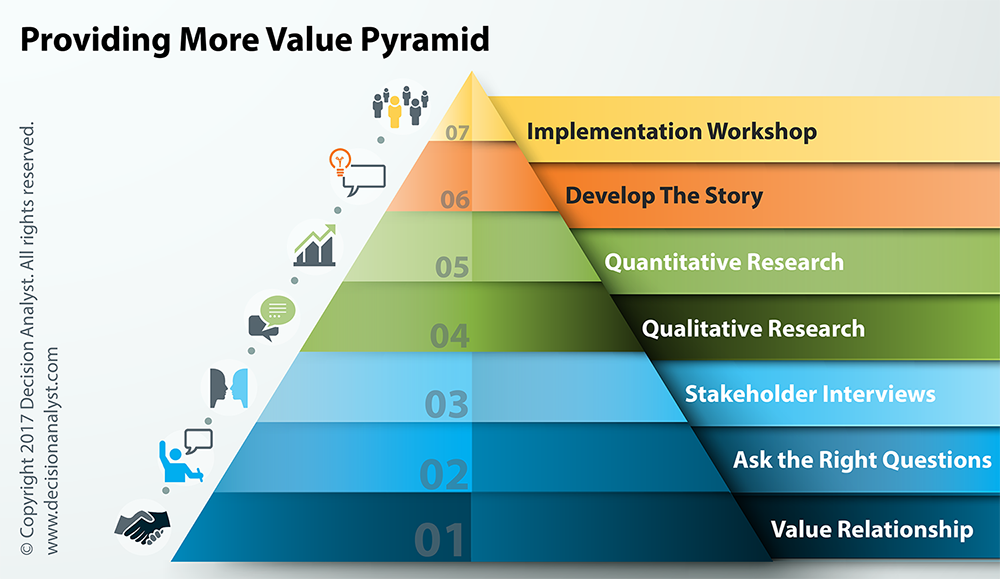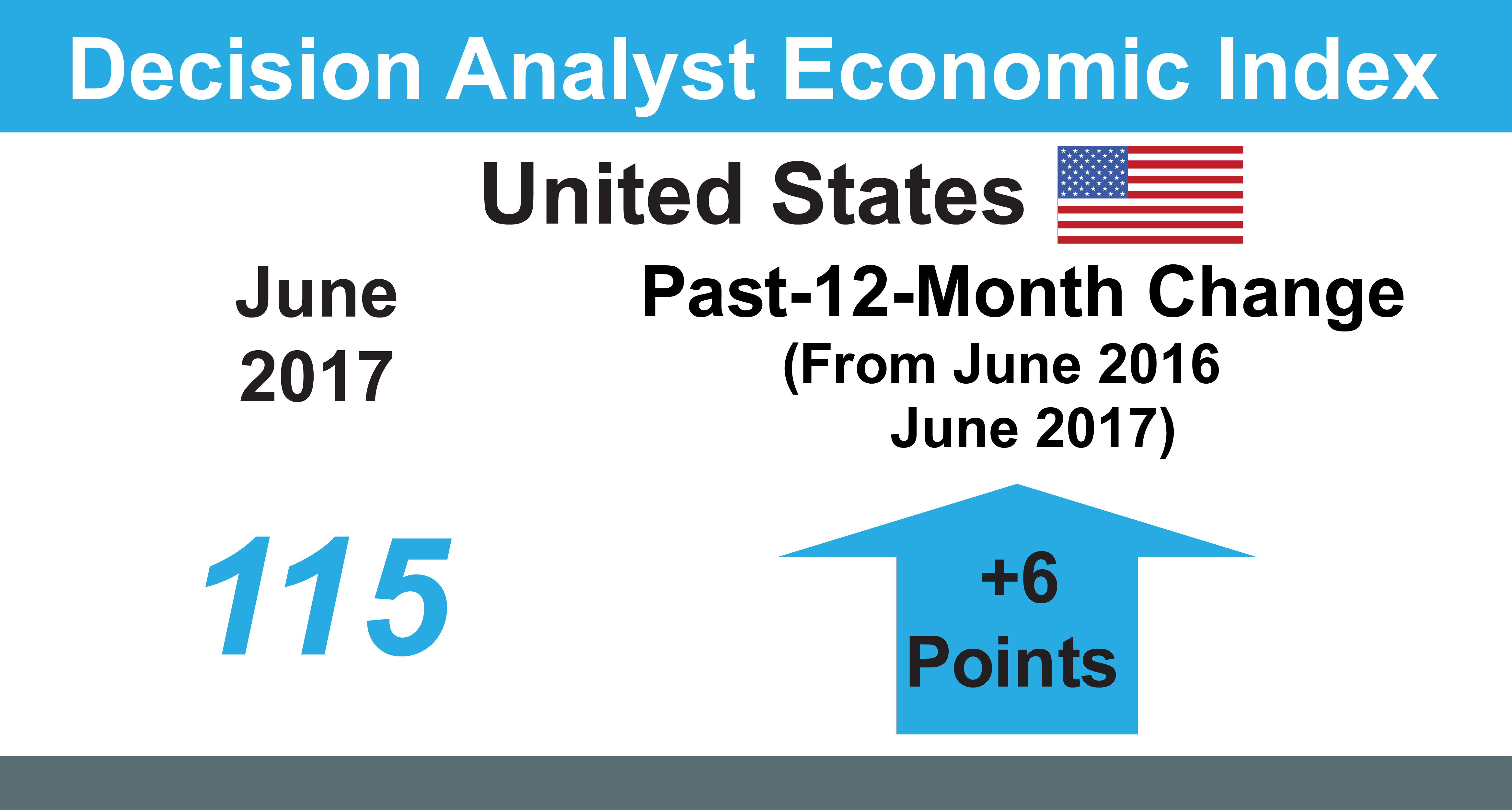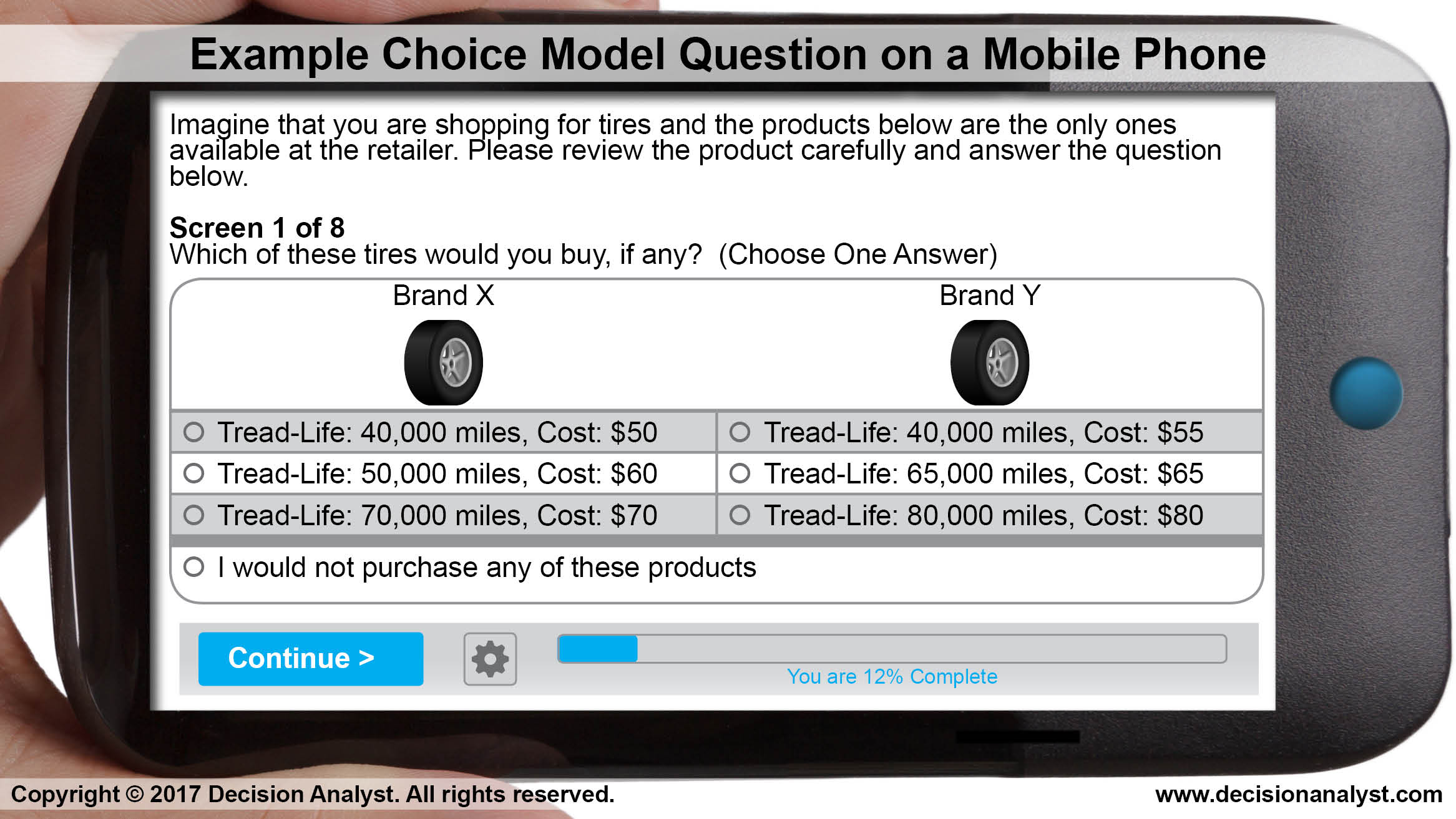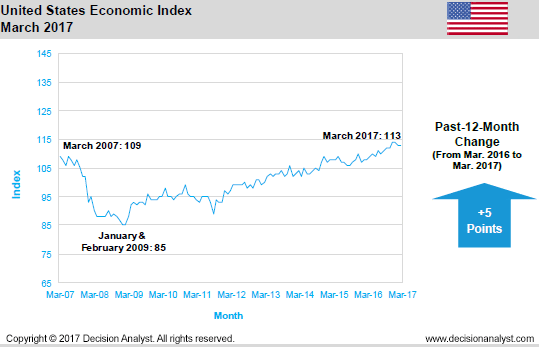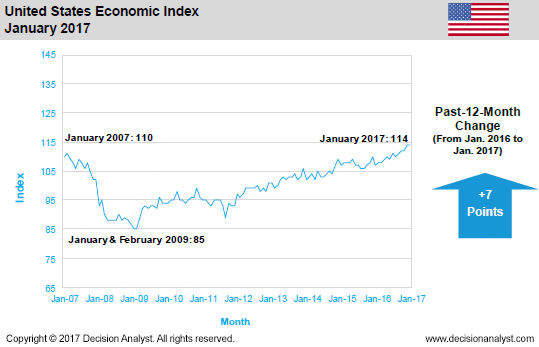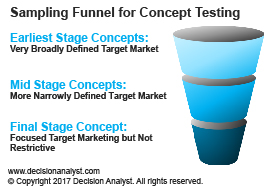Library Archive 2017
-
15Dec
Stability In An Unstable (Marketing) World
Posted by Felicia RogersLike practically everything else, it feels like marketing—especially advertising—is changing at lightning speed. Print is out, digital is in.
Broadcast no, Social yes. Mass messaging is passé, microtargeting is the new black. Traditional processes? Nah, give me agile please, and let’s add in some programmatic advertising. Right or wrong, these seem to be the prevailing attitudes as technology advances and consumer behavior changes.
more -
6Dec
The Importance of “Why”
Posted by Stan HazenMarketing research is about gathering, analyzing, and interpreting information to help accomplish that as effectively and successfully as possible.
In marketing, there’s almost always a need for research—a need for information to help identify or assess challenges and opportunities, or to guide decisions and actions. There are also all kinds of questions that might be asked and the most important questions in marketing are always about “why.”
more -
Today we’re going to talk about simulation, and how simulation is used to measure the return on investment of media activity.
As we mentioned in an earlier episode, media mix modeling produces an equation and that equation has inputs and outputs. And the inputs are the units of activity for TV advertising and other types of advertising.
more -
17Nov
U.S. Economy Maintains Moderate Economic Expansion, According To Decision Analyst’s Economic Index
Posted by Decision AnalystThe Decision Analyst U.S. Economic Index stood at 117 in October 2017, a 2-point increase from September 2017 and a 5-point increase from its October 2016 level.
The past-12-month slope of the Economic Index indicates that the U.S. economy is likely to expand throughout 2017 and the first half of 2018.
more -
2Nov
What Are Consumers’ Current In-Store Shopping Behaviors: Playing in an Omnichannel World
Posted by Clay DethloffIn today’s world, what role do retail stores and establishments play in the consumer’s purchase journey?
What are your customers actually doing inside your retail store or establishment when they purchase a product or service? As a retailer, how do your “brick and mortar” establishments fit into the consumer’s purchase journey, compared to online shopping?
more -
23Oct
How Innovation and Focusing on Millennials Can Fuel Growth
Posted by Bonnie JanzenWe know innovation is important.
Let’s say management has determined that your company needs to evaluate how Millennials currently impact your business and how they will impact your business in years to come. How can you design innovative products and services for Millennials?
more -
Today we’re going to talk about the equation that’s used for media mix modeling.
To begin the discussion, we should understand that what we’re doing is building on top of the demand equation, and as you remember from your Economics 101 class, a change in price causes a movement along the demand curve.
more -
12Oct
U.S. Economy Continues Growth Pattern, According To Decision Analyst’s Economic Index
Posted by Decision AnalystThe Decision Analyst U.S. Economic Index stood at 115 in September 2017, a 1-point increase from August 2017 and a 4-point increase from its September 2016 level.
The past-12-month slope of the Economic Index is trending upwards, indicating that the U.S. economy is likely to expand throughout 2017 and the first half of 2018.
more -
28Sep
Apple is perceived by technology professionals to be the “most technologically advanced" company worldwide, according to a September survey by Decision Analyst, a leading marketing research and analytical consulting firm.
Decision Analyst recently surveyed more than 1,000 technology professionals worldwide—a group that includes engineers, scientists, computer programmers, and other technology executives.
more -
22Sep
Pricing Research: The Good, The Bad, And The Good Enough
Posted by Elizabeth Horn, Ph.D.A comparison of 3 different pricing research methods: Choice Modeling vs. Van Westendorp vs. Gabor-Granger.
Choice modeling techniques--the “good” pricing methods--should be recommended first to assess product pricing. When clients are budget-strapped and time-pressed though, “good enough” methods, such as the Gabor-Granger analysis, can provide sufficient guidance for the product’s place on the price spectrum.
more -
19Sep
What Modeling Method Should Be Used For Media Mix Modeling?
Posted by John Colias, Ph.D.Today we’re going to talk about the modeling method used in media mix modeling.
To begin with, it’s very important to decompose the time-series variation, the across-time variation from the cross-sectional variation, that would be across brands, across markets, across regions, for example.
more -
14Sep
U.S. Economic Growth to Continue, According To Decision Analyst’s Economic Index
Posted by Decision AnalystThe Decision Analyst U.S. Economic Index stood at 114 in August 2017, a 1-point decrease from July 2017, but a 4-point increase from its August 2016 level.
The past-12-month slope of the Economic Index is trending upwards, indicating that the U.S. economy is likely to expand throughout 2017 and the first half of 2018.
more -
6Sep
Are Your New Products Worth Their Weight In…Anything?
Posted by Felicia RogersHow do you know if a new product will be successful?
Will people like it? Will they buy it? Will they tell others about it? Will they give positive ratings and reviews? Will they buy it a second time? And a third? Will we make a profit on it? How quickly?
more -
24Aug
Media Mix Minute Episode 05: What Data Is Needed For Media Mix Modeling?
Posted by John Colias, Ph.D.Today we’re going to talk about what data is needed for media mix modeling.
Well, first of all, we of course need our dependent variable, which is the variable we’re trying to explain, which is the units of sales—not currency, but units.
more -
22Aug
Uncertainty in Marketing and Research
Posted by Stan HazenMarket researchers, almost by definition, constantly deal with certainty and uncertainty. If there was no uncertainty in the world of marketing—if everything were reasonably known or certain—there wouldn’t be much need for market researchers.
But, in fact, the world of marketing is full of uncertainty—things not known, not understood, not ever tried, or not even ever imagined. If what we know in the world of marketing would fill a cup, what we don’t know would fill an ocean.
more -
21Aug
Bitcoin Brilliance
Posted by Jerry W. ThomasCryptocurrencies such as Bitcoin have captured the public’s imagination and investors’ fancy as a new pathway to wealth. Bitcoins traded as high as $4,000 last week (August 2017), but as recently as 2010 you could have purchased a Bitcoin for a few pennies.
We might think of Bitcoin as a type of artificial currency, an imaginary currency, or even a counterfeit currency, but, of course, it goes by the moniker “cryptocurrency.”
more -
26Jul
Keep an Outward Focus
Posted by Clay DethloffThroughout history, we have looked toward the horizon to see what is before us as we chart our ways through the seas.
We are trying to find the smoothest course or, at the very least, trying to avoid the hidden reefs. In business, we too often look inward within our “ships” (or companies or organizations) and focus on the here and now, rather than what may be a ways off, out on the horizon. It is not that these internally focused efforts are unnecessary, but it is critical that our organizations also continue to keep an eye looking outward in order to keep watch for paths forward, small areas of turbulence, or for gale-force storms.
more -
Today we’re going to talk about the term “attribution.” Attribution is used by pundits of marketing analytics to talk about how much of a sale is attributable to different causes.
And the first type of, there’s, the word “attribution” used in two ways. In the first way, it is used to measure, for example, the amount of additional unit sales that might be attributable to a kind of marketing activity.
more -
17Jul
Providing More Value
Posted by Bonnie JanzenWhether we work in a corporate environment or for an agency, we are all looking for ways to discover and provide better insights to our clients (either internal or external) so that they can excel in this highly competitive environment.
The first step is to work on your relationships with your clients. They should feel comfortable discussing all the aspects around the business issues with you, whether they are “the good, the bad or the ugly.” Your past performance on previous client projects is the foundation of your relationship with them.
more -
10Jul
Decision Analyst’s Economic Index for the U.S. Showing Signs of Growth
Posted by Decision AnalystThe Decision Analyst U.S. Economic Index stood at 115 in June 2017, a 1-point increase from its May 2017 level of 114 and a 6-point increase from its June 2016 level of 109.
The overall slope of the Economic Index over the past 12 months is generally upwards, reaffirming that the U.S. economy is likely to expand throughout 2017. The Economic Index tends to lead U.S. economic activity by 6 to 12 months. The overall slope of the Economic Index over the past 12 months is generally upwards, reaffirming that the U.S. economy is likely to expand throughout 2017.
more -
29Jun
Universe Error
Posted by Jerry W. ThomasThe world is awash in data from surveys of all types. The rise of low-cost, do-it-yourself survey tools has added to the flood of survey data.
We can scarcely buy a toothpick without a follow-on survey to measure how happy we are with the toothpick. All of these surveys and the data they generate (often using relatively large samples, n > 1,000) tend to create a false sense of accuracy, based on the calculated standard error. The standard error is a widely accepted measure of sampling error, and it is typically the basis for the footnote “the accuracy of this survey is 5 percentage points, plus or minus, at a 95% level of confidence” found in research reports or survey research results in newspapers, magazines, or websites.
more -
15Jun
U.S. Economy Showing Signs of Growth, According To Decision Analyst’s Economic Index
Posted by Decision AnalystThe Decision Analyst U.S. Economic Index stood at 114 in May 2017, a 3-point increase from its April 2017 level of 111.
This increase reverses a four-month decline in the Index. The overall pattern of the Economic Index over the past 12 months is clearly upward, reaffirming that the U.S. economy is likely to expand throughout 2017, assuming events in Washington, D.C., do not deflect the U.S. economy from its upward momentum.
more -
13Jun
Consider Realism When Designing Choice Experiments, Especially With Small-Screen Devices
Posted by John Colias, Ph.D.Replicating actual market decisions in a survey choice task is an important design goal. However, given that survey respondents have moved to devices with smaller screens, it has become increasingly difficult to accomplish the goal of realism.
For this reason, a summary of the most important elements of realism becomes critical, so that the choice task design can focus on incorporating only these most important elements. Where space is limited, the design must be focused on what is most important to producing realistic choice model outputs.
more -
13Jun
Media Mix Minute Episode 03: Pros And Cons Of Econometric Modeling
Posted by John Colias, Ph.D.I-we explained that media mix modeling uses historical data to measure the ROI of media activities, such as, digital marketing, or TV advertising. I also explained that econometric modeling is the primary traditional approach used in media mix modeling.
Today we will discuss the key strengths and weaknesses of econometric modeling when used for media mix modeling.
more -
24May
Design Thinking For The Rest Of Us
Posted by Felicia RogersBy now you’ve probably heard about Design Thinking.
Originated by the Stanford University Institute of Design, this is a development pathway that was devised for use by designers and innovation specialists. Essentially, Design Thinking is a process in which various steps are knitted together to help guide innovation in virtually any area of discipline. That is, the process helps develop new products and services, new advertising or promotions, new package functionality or presentation, etc.
more -
11May
To Weight, or Not to Weight (A Primer on Survey Data Weighting)
Posted by Jerry W. ThomasIt often happens that a perfectly designed sampling plan ends up with too many women and not enough men completing the survey, or too many old people and not enough young people.
In these cases, data weighting might make sense, if you want totals that accurately reflect the whole population. The term "data weighting" in most survey-related instances refers to respondent weighting (which in turn weights the data or weights the answers). That is, instead of a respondent counting as one (1) in the cross-tabulations, that respondent might count as 1.25 respondents, or .75 respondents. Here are some best practices to keep in mind when you are thinking about weighting survey data.
more -
9May
U.S. Economy Showing Signs of Fatigue, According To Decision Analyst’s Economic Index
Posted by Decision AnalystThe Decision Analyst U.S. Economic Index stood at 111 in April 2017, a decrease from its December 2016-January 2017 level of 114.
This four-month decline in the Index may only be a statistical aberration—and nothing to worry about. Or, the recent decline in the Index could be a harbinger of a coming economic downturn. It will take another couple of months to know for sure what the Index’s decline means.
more -
26Apr
Recently, I saw a spirited discussion on LinkedIn about issues that client-side market researchers sometimes have with research suppliers’ business development efforts.
That LinkedIn post and subsequent discussion apparently touched a nerve, as it rapidly sparked hundreds of comments and suggestions from client researchers as well as suppliers. It generated follow-up discussions within our office (a research firm), as I’m sure it did in other research firms and client companies. Even as some time has passed, I’ve found myself continuing to think about it, so thought I’d share a few thoughts.
more -
13Apr
U.S. Economy Continues Its Slow, Upward March, According To Decision Analyst’s Economic Index
Posted by Decision AnalystThe Decision Analyst U.S. Economic Index stood at 113 in March 2017, a 5-point increase from March 2016.
This year-over-year strengthening in the U.S. Economic Index signals continued U.S. economic growth for the remaining months of 2017. The Economic Index tends to lead U.S. economic activity by 6 to 12 months. Below is the past-10-year history of the U.S. Economic Index.
more -
28Mar
We Need to Motivate Those Segments
Posted by Clay DethloffMarket segmentation as a practice has been around for a while now, and companies and organizations around the world are using segmentation to identify those groups of customers who have similar wants and needs and to then try to fulfill those needs.
As segmentation has evolved, many types of segmentation schemes have been developed; there are segments by product or service needs, sensitivity to price, geographic area, demographic segment, or psychographics and lifestyles. Each of these segmentation types can have their benefits or place.
more -
21Mar
Potential Business Opportunities in Cuba
Posted by Bonnie JanzenNow that U.S. travel restrictions have been eased, Americans are joining the mix of Canadians and Europeans who visit Cuba every year.
The most obvious opportunity is the one for companies in the travel and tourism industries to serve customers eager to visit Cuba for the first time. Cuba’s proximity to the U.S., its natural beauty, and the ideal weather make it a great destination. The country has much more to offer that will appeal to American travelers: beaches, diverse architecture, baseball, cigars, rum, unique dining experiences, and exciting nightlife.
more -
10Mar
The U.S. Economy on Growth Path for 2017, According To Decision Analyst’s Economic Index
Posted by Decision AnalystThe Decision Analyst U.S. Economic Index stood at 113 in February 2017, a 5-point increase from February 2016.
This year-over-year strengthening in the U.S. Economic Index signals continued U.S. economic growth during the first half of 2017—and probably the second half of 2017 as well.
more -
21Feb
Digital Data and the Future of Marketing Mix Modeling
Posted by John ColiasOver the past several decades, Marketing Mix Modeling has been an important tool to assist firms in optimizing the allocation of budget to various types of media, such as television, radio, print, outdoor, and digital.
In recent years, the digital component has grown out of proportion to more traditional media channels. As a result, digital advertising and the use of influential messaging has grown, and marketers are considering allocating new levels of spending on digital media.
more -
10Feb
Segmentation Re-Analysis
Posted by Jerry W. ThomasA major U.S. restaurant chain derived substantial added value from its market segmentation study by commissioning Decision Analyst to re-analyze the segmentation data and conduct additional analyses.
The re-analysis of the segmentation data revealed that a segment of consumers who are were far more important than senior management realized.
more -
10Feb
Point of Presence Research
Posted by Heather KluterDecision Analyst’s client was introducing informational and advertising-oriented, digital display kiosks in its stores nationwide.
Prior to rolling out these free-standing digital fixtures, management wanted to test the overall impact of their digital display screen content, as well as the effectiveness and operations of display orientation, sound, and interactivity.
more -
9Feb
The U.S. Economy Likely To Strengthen In 2017, According To Decision Analyst’s Economic Index
Posted by Decision AnalystThe Decision Analyst U.S. Economic Index entered 2017 at 114 (January 2017), a 7-point increase from January 2016.
This year-over-year increase in the Economic Index signals continued U.S. economic growth during the first half of 2017. The Economic Index tends to lead U.S. economic activity by 6 to 12 months.
more -
7Feb
Mother Nature’s Strategy
Posted by Jerry W. ThomasPlanet Earth’s life in its many forms has survived and thrived over a period of at least three billion years.
During this time, living organisms have survived the most incredible extremes, from worldwide warmth to bitterly cold ice ages, from heavy rainfall to extreme drought. Somehow, through all of these monumental changes and life-threatening events, life in all its glory and beauty has flourished. Might life (or nature, or the natural world) have some lessons to teach us about strategy?
more -
24Jan
The Curse of the Target Market
Posted by Felicia RogersWe often put the cart before the horse when evaluating new product ideas. How many times have you been in the midst of a new product development (NPD) effort when the conversation turned to the target market?
Then that conversation seemed to take on a life of its own. I’m convinced that, for some in corporate America, the lens is focused so intensely on the target market that the product idea itself gets pushed into the periphery.
more -
10Jan
For Marketing Success, Keep Asking Questions
Posted by Stan HazenCuriosity is one of the most powerful forces in the world, and asking questions is one of our most powerful tools.
Asking questions is critical for virtually all learning and understanding. For all improvement and growth. For innovation. For identifying and solving problems. For evaluating options and making decisions. For prioritizing attention and resources.
more -
10Jan
The U.S. Economy Ending 2016 Signals Growth, According To Decision Analyst’s Economic Index
Posted by Decision AnalystThe Decision Analyst U.S. Economic Index ended 2016 at 114 (December 2016), a 4-point increase from December 2015.
This year-over-year increase in the Economic Index signals continued U.S. economic growth during the first half of 2017. The Economic Index tends to lead U.S. economic activity by 6 to 12 months.
more





